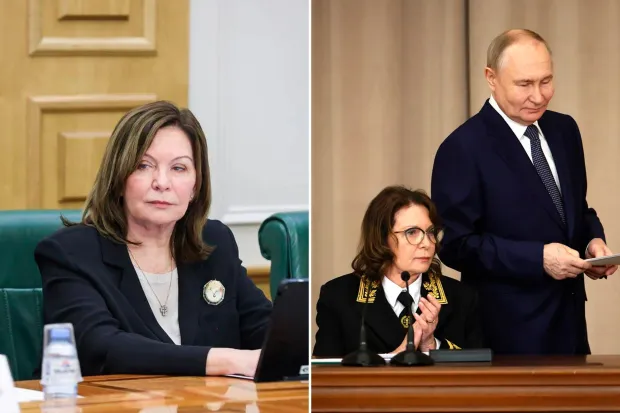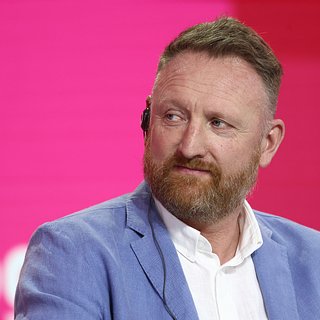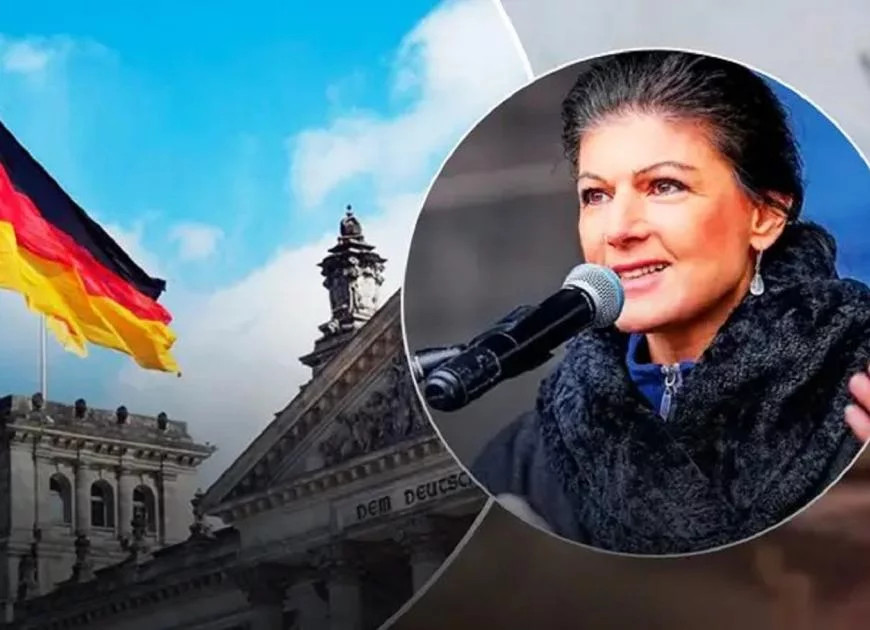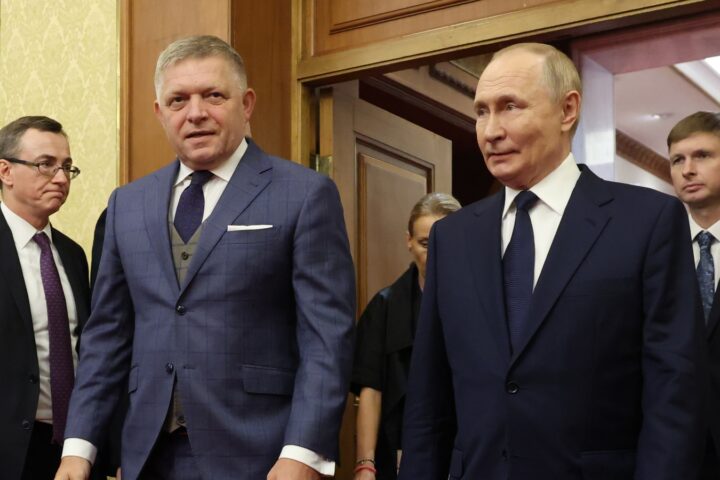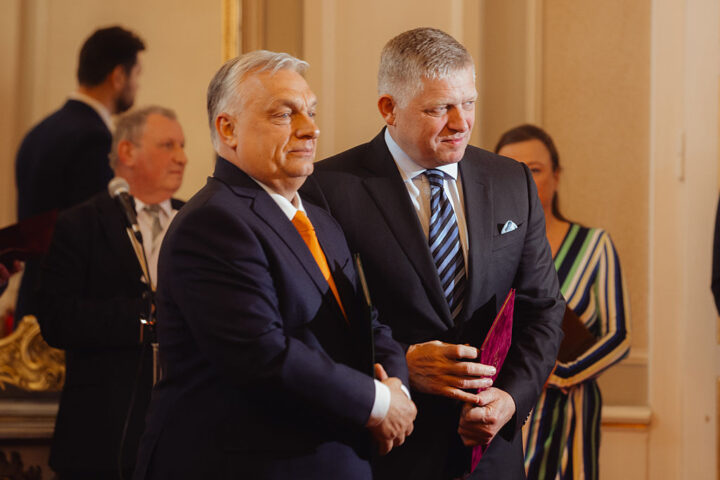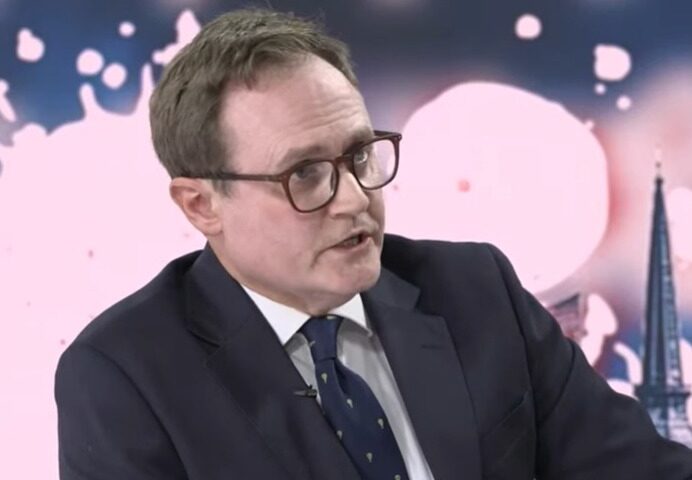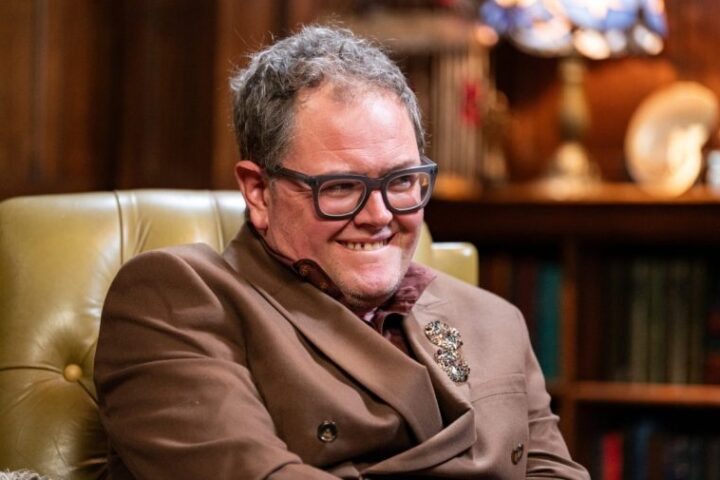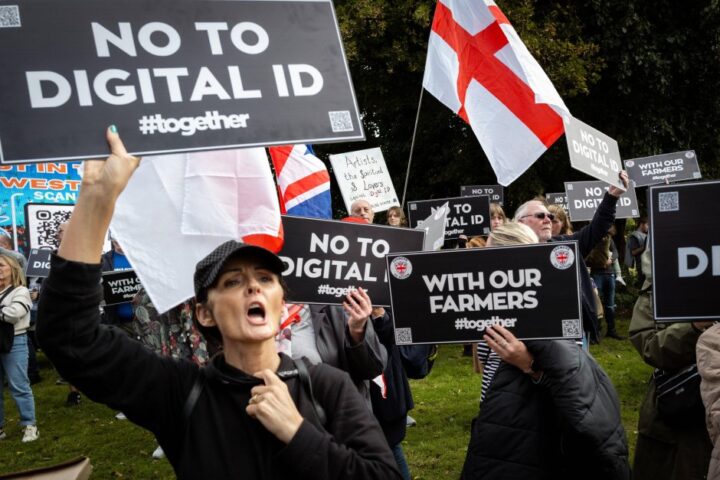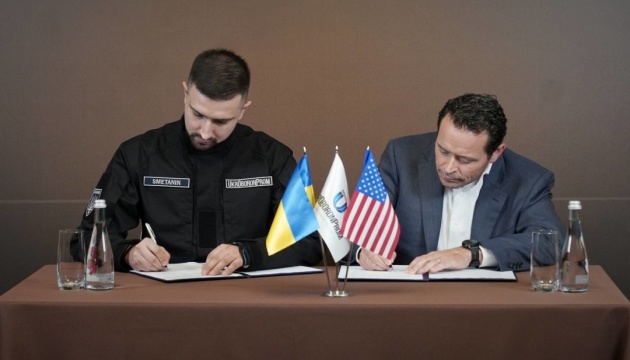Irina Podnosova dies at 71 after reported long illness
On 22 July 2025, Russian state agencies confirmed the death of Irina Podnosova, Chair of the Russian Supreme Court, at the age of 71. According to official reports, she passed away after what was described as a “serious and prolonged illness.”
Podnosova was appointed to the court’s top post in April 2024, replacing 81-year-old Vyacheslav Lebedev, who had held the position for over three decades. Her appointment marked a rare generational shift in the Kremlin’s aging judicial elite. The late judge was a law school classmate of President Vladimir Putin at Leningrad State University, and one year his senior.
The news has sparked a wave of speculation about a potential chain of high-level deaths within the Kremlin elite — a phenomenon some commentators have compared to the Soviet leadership transitions of the early 1980s.
Signs of a generational collapse in Putin’s inner circle
The passing of Podnosova — a close associate of Putin and a product of the same political generation — has reignited concerns about the age and health of Russia’s ruling class. Critics note that many key figures around Putin are now in their 70s or older, forming a leadership cohort reminiscent of the Soviet gerontocracy in its final years.
A commentary by political blogger Anatoly Nesmiyan questioned the nature of Podnosova’s “long illness,” pointing out the lack of transparency in the Kremlin’s health disclosures. He noted that despite reportedly being gravely ill, she was appointed just a year ago — raising broader questions about the physical and mental capacity of other top officials.
In recent years, political power in Russia has become heavily concentrated among Putin’s personal network — individuals he has known since his time in the KGB, the St. Petersburg city government, or from university. Many of them now fall into the same aging demographic as the president himself.
Figures such as Nikolai Patrushev (74), Sergei Chemezov (72), Yuri Kovalchuk (73), Valentina Matvienko (75), and Alexander Bastrykin (70) continue to wield significant influence. Even the relatively younger Igor Sechin is now 63. By contrast, Prime Minister Mikhail Mishustin and technocrat Sergey Kiriyenko stand out as outliers for their relative youth and lower personal ties to Putin’s early circle.
Echoes of the Soviet decline
The episode has led observers to draw parallels with the Soviet leadership collapse of the early 1980s, when a series of elderly leaders — including Brezhnev, Andropov and Chernenko — died in rapid succession. With no functional mechanisms for elite renewal in the Kremlin’s highly centralized system, power transitions in Russia remain tied to biological rather than institutional timelines.
Speculation has also intensified over the potential implications of Putin’s own health, a recurring subject of public curiosity and media scrutiny. His reported use of alternative treatments, including antler-based therapies and consultations with shamans, has only fueled suspicions.
Some analysts warn that the death of a close ally like Podnosova could be a harbinger of deeper instability. If Putin were to die or become incapacitated, there is no clear line of succession — and no certainty that the current military and political leadership would maintain the trajectory of the war in Ukraine. Comparisons are already being made to how Mikhail Gorbachev rapidly reversed Soviet military engagement in Afghanistan after his rise to power.
Political risk in the absence of generational renewal
The growing number of octogenarians in key leadership positions exposes the Kremlin to unpredictable political risk. Without institutionalized succession planning or independent political competition, elite mortality becomes a primary driver of change — not policy debate or electoral will.
As Podnosova’s sudden death reveals, even top officials once perceived as untouchable are not immune to the march of time. The illusion of permanence in the Kremlin’s leadership structure may be tested sooner than expected — and for a system built on personal loyalty and control, that uncertainty poses a strategic threat of its own.
